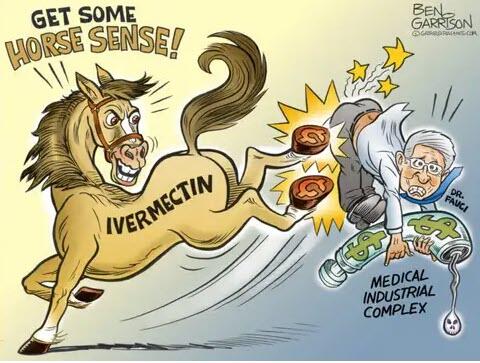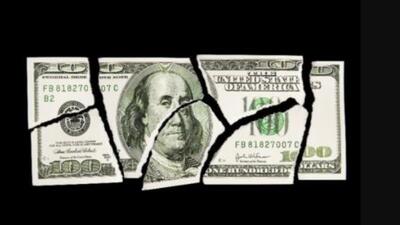My friend sent me this today. “Once again you called it long before the WSJ.”
full article:
For decades, China powered its economy by investing in factories, skyscrapers and roads. The model sparked an extraordinary period of growth that lifted China out of poverty and turned it into a global giant whose export prowess washed across the globe.
Now the model is broken.
What worked when China was playing catch-up makes less sense now that the country is drowning in debt and running out of things to build. Parts of China are saddled with under-used bridges and airports. Millions of apartments are unoccupied. Returns on investment have sharply declined.
Signs of trouble extend beyond China’s dismal economic data to distant provinces, including Yunnan in the southwest, which recently said it would spend millions of dollars to build a new Covid-19 quarantine facility, nearly the size of three football fields, despite China having ended its “zero-Covid” policy months ago, and long after the world moved on from the pandemic.
Other localities are doing the same. With private investment weak and exports flagging, officials say they have little choice but to keep borrowing and building to stimulate their economies.
Economists now believe China is entering an era of much slower growth, made worse by unfavorable demographics and a widening divide with the U.S. and its allies, which is jeopardizing foreign investment and trade. Rather than just a period of economic weakness, this could be the dimming of a long era.
“We’re witnessing a gearshift in what has been the most dramatic trajectory in economic history,” said Adam Tooze, a Columbia University history professor who specializes in economic crises.
What will the future look like? The International Monetary Fund puts China’s GDP growth at below 4% in the coming years, less than half of its tally for most of the past four decades. Capital Economics, a London-based research firm, figures China’s trend growth has slowed to 3% from 5% in 2019, and will fall to around 2% in 2030.
At those rates, China would fail to meet the objective set by President Xi Jinping in 2020 of doubling the economy’s size by 2035. That would make it harder for China to graduate from the ranks of middle-income emerging markets and could mean that China never overtakes the U.S. as the world’s largest economy, its longstanding ambition.
Many previous predictions of China’s economic undoing have missed the mark. China’s burgeoning electric-vehicle and renewable energy industries are reminders of its capacity to dominate markets. Tensions with the U.S. could galvanize China to accelerate innovations in technologies such as artificial intelligence and semiconductors, unlocking new avenues of growth. And Beijing still has levers to pull to stimulate growth if it chooses, such as by expanding fiscal spending.
Even so, economists widely believe that China has entered a more challenging period, in which previous methods of boosting growth yield diminishing returns.
Some of these strains were apparent before the pandemic. Beijing was able to keep growth ticking over by borrowing more and relying on a booming housing market, which in some years accounted for more than 25% of China’s gross domestic product.
The country’s initial success in containing Covid-19, and a surge in pandemic spending by U.S. consumers, further masked China’s economic troubles. The housing bubble has since popped, Western demand for Chinese products has ebbed and borrowing has reached unsustainable levels.
The outlook has darkened considerably in recent months. Manufacturing activity has contracted, exports have declined, and youth unemployment has reached record highs. One of the country’s largest surviving property developers, Country Garden Holdings, is on the cusp of a possible default as the overall economy slips into deflation.
My brief response:
Thanks Kev, Right, they all peaked and reversed in the 2008 financial meltdown. I also predicted long ago that China would be the next fake rivalry like we had the USSR cold war bull shit, not a shot was fired. Re this one part:
“For decades, China powered its economy by investing in factories, skyscrapers and roads. The model sparked an extraordinary period of growth that lifted China out of poverty and turned it into a global giant whose export prowess washed across the globe.”
China did not wake up one morning and say they would be the global vendor. There was a set or long term fixed exchange rate about 7 yuan to one dollar, allowed to float slightly to appear like a free market.
Plus our gov’t gave tax incentives to American businesses to rotate over there. China in 2008 is where the USA was in 1970, peaking out. From the start US businesses were salivating to sell into the billions of people there that would come later, with western investment. But the rotation came too late, a forced rotation because the USA is now broke. Things that have to happen, happen.




 President Daniel Ortega signed a decree allowing the construction of Russian military bases and the deployment of cruise missiles in Nicaragua.
President Daniel Ortega signed a decree allowing the construction of Russian military bases and the deployment of cruise missiles in Nicaragua. 